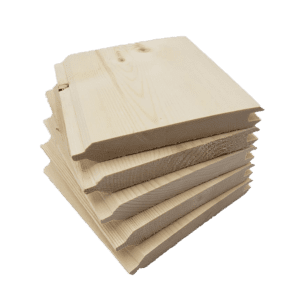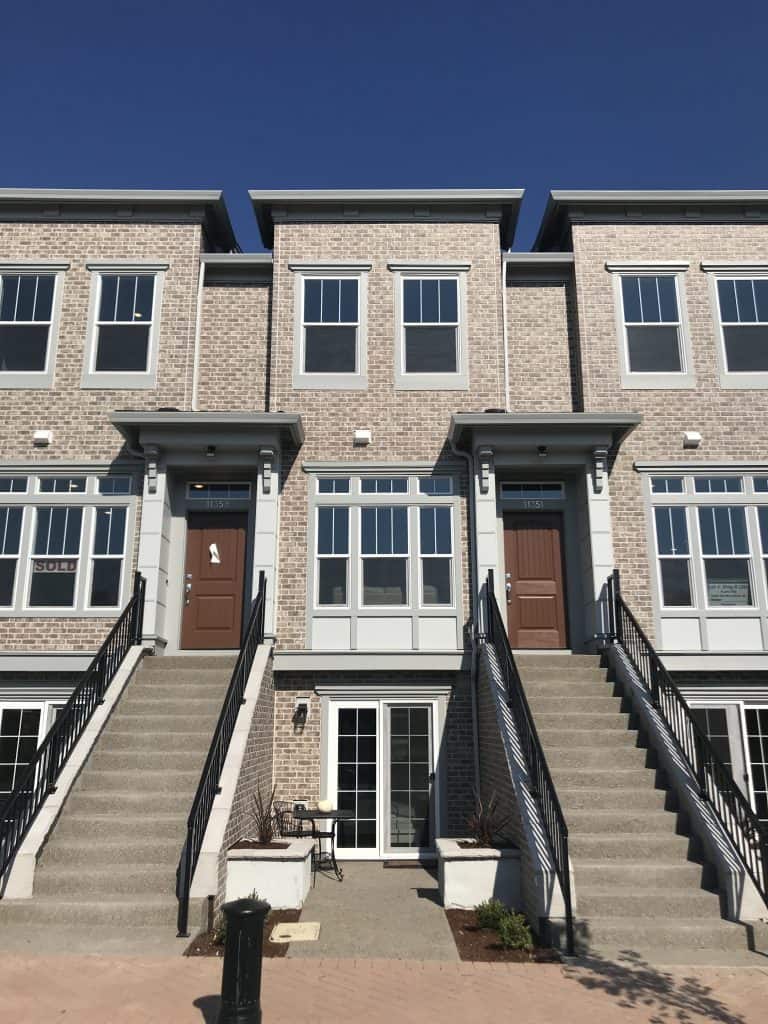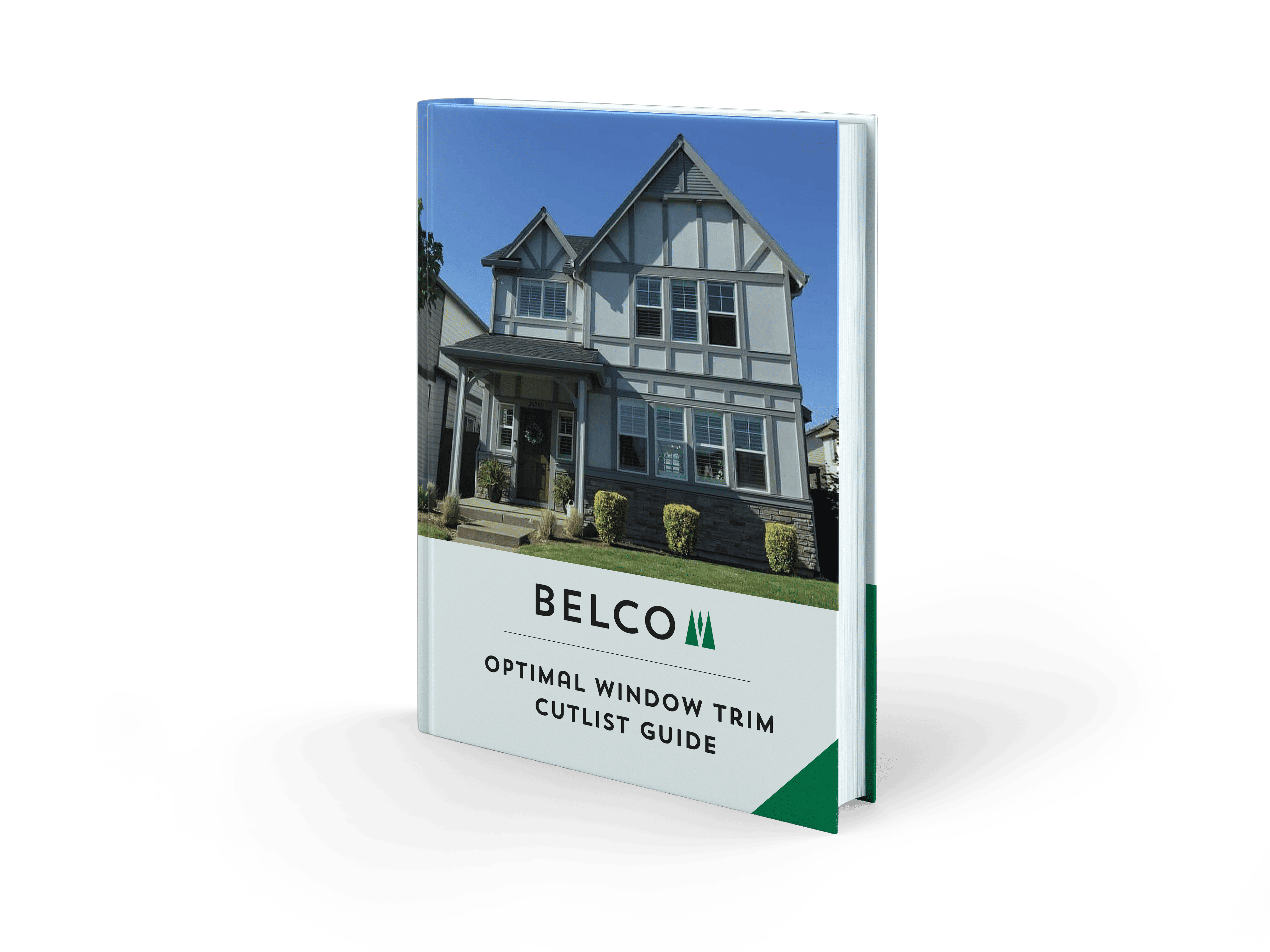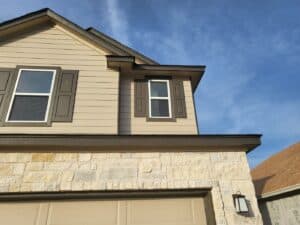Homebuilders around the country are concerned about sustainability. They want to preserve the planet’s natural beauty, for their children and their children’s children. They recognize the impacts, both positive and negative, that large scale construction projects can have on the local community and globally.
These responsible builders are constantly evaluating their building practices, looking for ways to decrease their environmental impact and assure that needed resources remain available in the future.
Trim is one product that builders might not think about when evaluating their environmental footprint, but exterior millwork can make a big difference, assuming the right products are selected. In order to maximize the sustainability of the trim you use in your projects, there’s no substitute for preservative treated, primed whitewood trim millwork.
The Alternatives Aren’t Sustainable Over the Long Term
There are a number of alternative materials used to manufacture trim, but for various reasons, these aren’t as sustainable as treated softwood trim. We’ll look at a few of these competing products to see how they stack up.
Vinyl
Vinyl uses petroleum as a base ingredient, a limited resource that is already necessary for fuel and fertilizer. Over the long term, as petroleum supplies diminish, vinyl will become too expensive and too taxing on our natural resources to be viable.
The production of vinyl also releases a number of very toxic chemicals, such as dioxin and ethylene dichloride. While PVC has a number of uses in construction, it’s best to use it where it’s most effective.
Fiber Cement
Fiber cement trim is more sustainable than vinyl. It isn’t toxic and it uses recycled construction materials for the fiber portion of its formulation. But the cement portion is problematic.
Producing cement releases a large amount of CO2 into the atmosphere. For every metric ton of cement produced, a metric ton of CO2 is released, both from the fuel needed to heat the cement and as a byproduct of the involved chemical reactions. Long term this makes fiber cement antithetical to truly sustainable buildings. Again, cement is critical for construction, but it’s best to use it where other materials aren’t available.
Hardwood
Wood, in general, is more sustainable than any man-made products, but some woods are better than others. Hardwood trims are sustainable as long as they’re managed properly. Unfortunately, in many parts of the world hardwoods are managed poorly, leading to lowered sustainability. They’re also less sustainable than softwoods simply because hardwood trees like oak take much longer to grow, and are thus harder to harvest sustainably in large quantities.
Cedar and Redwood
Both of these woods are fairly sustainable but cost significantly more than quality preservative treated, primed whitewood trim, and therefore aren’t always a good choice when budget is a concern.
Treated Softwood Trim Is the Best Choice
Not only is this trim product affordable and weather-resistant, preservative-treated, primed whitewood trim is also the ideal option for any builder looking to improve their sustainability and their carbon footprint.
These softwood products can be replaced easily, as the trees are fast-growing. Particularly in Northwest North America where a lot of this wood is produced, robust forestry management practices exist that make sure for every tree that is harvested, three more are planted.
Softwood trees, properly managed, are better than carbon neutral. They actually decrease net carbon over time. For example, Washington state enjoys a 35% reduction in their net carbon because of its sustainable forestry practices.
These practices also help protect waterways from runoff helping to keep them cool and clean, promoting a healthy ecosystem. In general, this trim, like the quality products produced by Belco Forest Products, is the best choice for every builder looking to “green” their building practices.
















